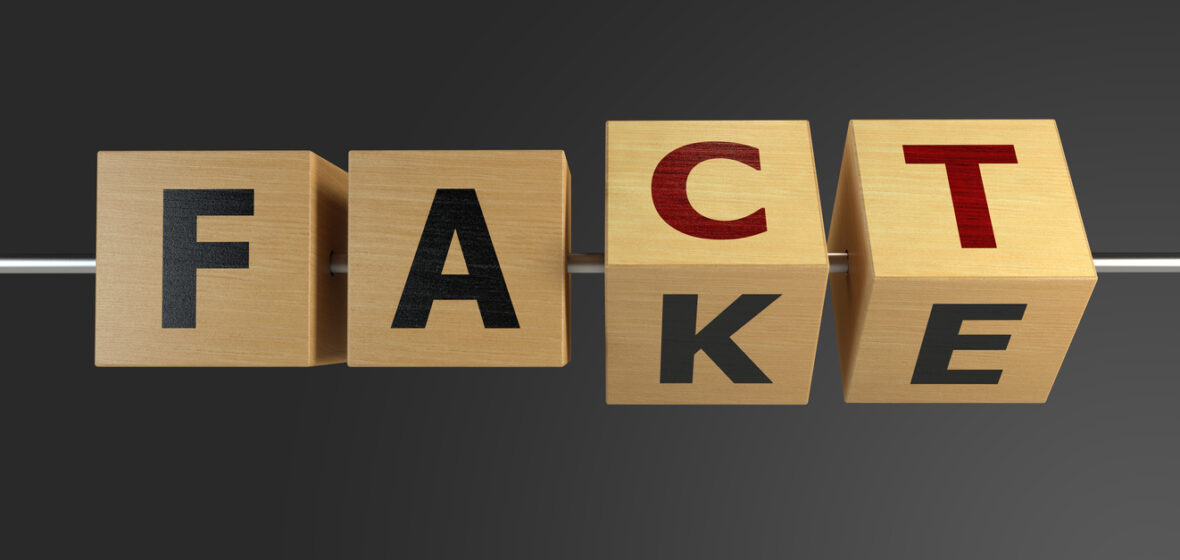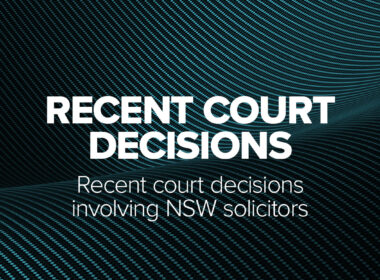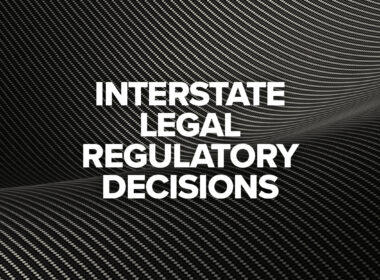File notes are a lawyer’s best friend. Many Lawcover claims are successfully averted or defended on the strength of a lawyer’s contemporaneous file note of a meeting or phone call with their client, either setting out instructions, advice or any next steps.
Where the details of a conversation are in dispute, the court in assessing the evidence will be mindful of the fallibility of memory. In Milicevic & Anor v Ferrari East Pty Ltd & Ors (No 3) [2023] NSWSC 1116 Henry J explained the approach to evidence at [38]:
(I)n assessing the witnesses’ evidence about what they knew at the time, what was said and what was or was not agreed orally, I have tended to place more weight on the contemporaneous documents, the objective surrounding facts and the inherent probabilities and improbabilities of events: Fox v Percy (2003) 214 CLR 118; [2003] HCA 22 at [28]–[31].
It can be a heart-sinking moment for a lawyer who is the subject of a claim to discover, on reviewing a file, that there is no written record of what was said in relation to a critical point. When faced with such a situation, the worst thing the lawyer can do is succumb to the temptation of creating and backdating a file note to fill the gap.
The matter of Legal Services Commissioner v Han [2023] QCAT 310 concerned the conduct of a lawyer whose former client brought proceedings alleging that the lawyer provided negligent advice in April 2016 (the ‘Proceedings’).
In June 2019, the lawyer instructed his solicitors in the Proceedings to provide a list of documents to his former client, which included two handwritten file notes dated 5 April 2016 and 6 April 2016. The file notes related to the legal advice the lawyer asserted he had provided. The former client questioned the dates on which the file notes were made, challenged their authenticity and sought to engage an expert to verify the dates of the file notes. At that point the lawyer admitted that although they bore dates in April 2016 the file notes were actually prepared after he was served with the claim in April or May 2019.
The lawyer accepted in disciplinary proceedings brought by the Queensland Legal Services Commissioner that, through his legal representatives, he:
- made false and misleading representations to an opponent in the Proceedings; and
- failed to uphold his paramount duty to the court and to the administration of justice.
The Queensland Civil and Administrative Tribunal was satisfied that the lawyer’s conduct was properly characterised as professional misconduct, noting at [27]:
While the respondent did ultimately “come clean”, so to speak, and admit the true facts in relation to the File Notes, he had initially sought to continue the misleading nature of the discovery provided to the other side by stating that he had created the File Notes on or about the date stated on those notes. As he admitted, he did so to cover up his wrongdoing. In doing so, he failed to meet his fundamental duty to act with honesty and integrity and caused his solicitors to be unwitting parties to his conduct. Such conduct failed to meet the reasonable standard of competence and diligence expected of a practitioner in complying with their ethical rules of conduct, which are largely set out in the Australian Solicitors Conduct Rules, and discharging their professional obligations and fell short to a substantial degree of the “standard of professional conduct approved by members of the profession of good repute and competency, and would reasonably be regarded as dishonourable”. While one may accept that the respondent was subject to stressors at the time, particularly in relation to work, that does not alter the serious deviation from the level of conduct expected of a solicitor.
Faced with the discovery that there was no file note documenting the advice given, it may be prudent for the lawyer to commit to writing his best recollection of the relevant conversations to assist with the preparation of his case. The date of the document should, however, have been expressly and accurately stated as the date on which the document was made, so there is no suggestion that the lawyer is attempting to mislead the other side or the court.
And ideally, of course, comprehensive file notes setting out instructions, advice and/or next steps should be made at the same time as or very shortly after the relevant conversation.




